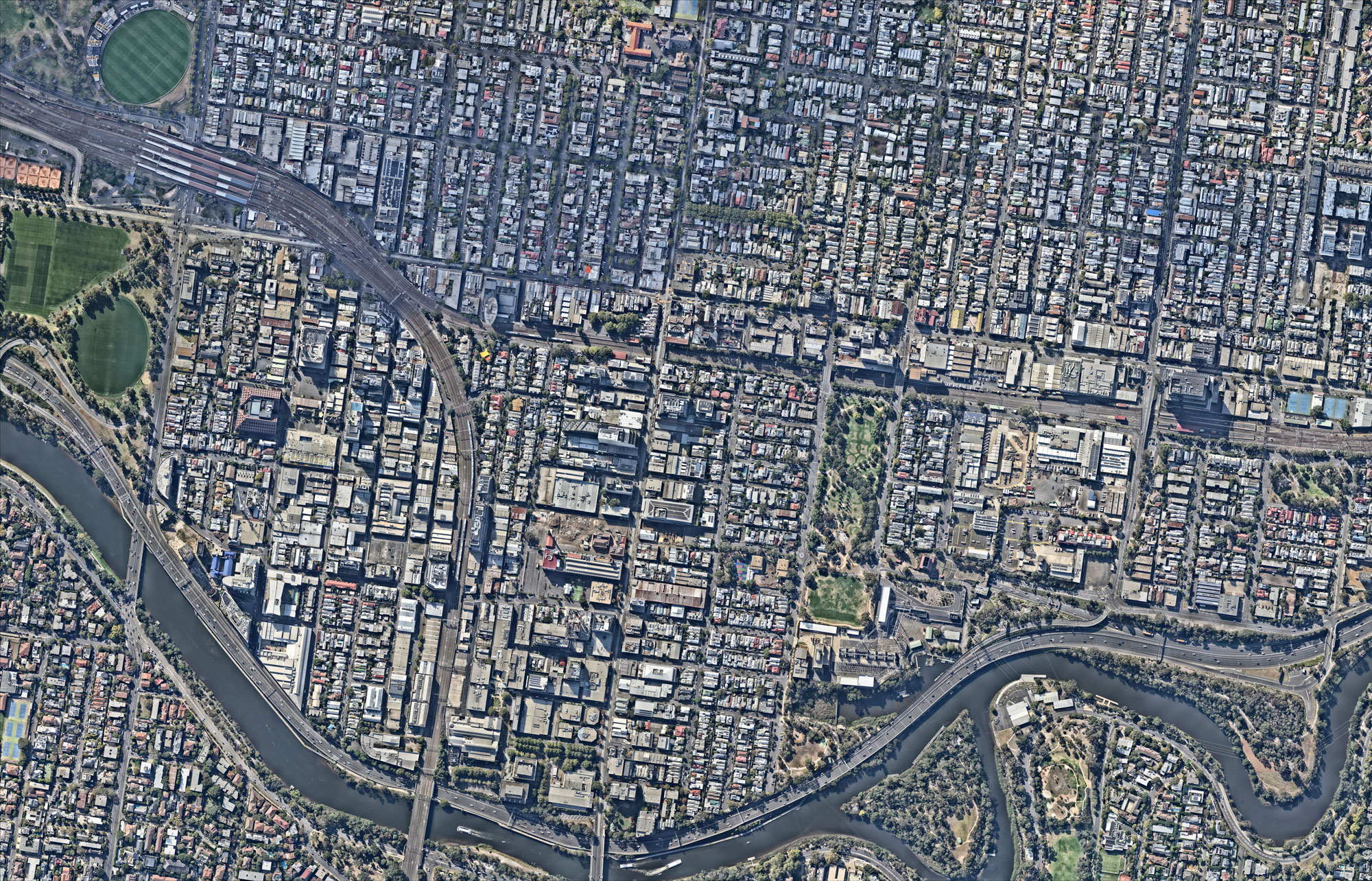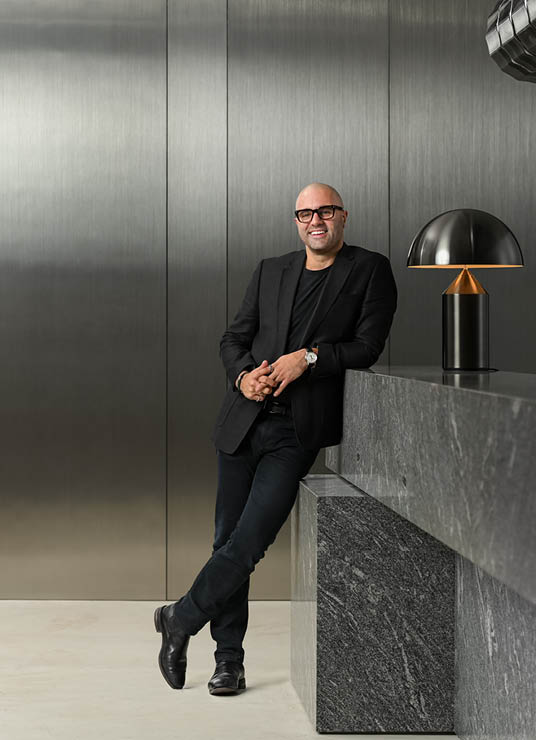Ideas
May 2025

Type
IdeasArticle by
Domenic Cerantonio
Since the beginning of the British agricultural and industrial revolution in the late 18th century we have seen an unprecedented growth into our urban centres. This phenomenon is called Urbanisation and has long been considered a more efficient and sustainable way to inhabit our planet.
People have flocked to live and work in large cities as these metropolises offer greater opportunities for work, entertainment and culture, amenity, convenience, communication and a greater sense of community, whilst better access to public transport provides a means for people to move around sustainably. Urban sprawl has long been considered the outcome of poorly designed cities, with long distances between homes, shops and workplaces resulting in people spending more time commuting and polluting with a dependency on the automobile.
That was all before COVID-19. The rapid spread of this new coronavirus in the early part of 2020 has seen societies shutdown, enforced by governments around the world to stop, or slow the spread of the virus and ultimately prevent or lower the loss of life across the planet. As it stands, there have been over a million casualties worldwide along with widespread global economic tragedy, a rise in mental health challenges, a rise in domestic violence and a social tension that has not been seen for decades. Whilst these issues are devastating, as times goes by we are also starting to see fascinating social and behavioural changes to the way we live. Perhaps the most significant change will be the potential decentralisation of our large cities, a seismic shift in the relationship between home life and work life.
According to Roy Morgan, in May this year over 10.5 million people (68% of working Australians) were forced into employment changes, with the large majority of people being forced to work from home. Whilst some businesses will be returning to the office, there are many businesses that have openly told their staff that they will be working from home for the foreseeable future. This has resulted in pressure on households, especially small households, as many don’t have a suitable amount of space to work in from home.
Regardless of whether or not a successful vaccine is developed and distributed, it does seem that some form of working from home is here to stay. This shift is going to have a significant effect on how we behave, fundamentally that “Distributed Working” may become the new normal. Differing from remote working, the Distributed Working paradigm means that where you’re working should not be a factor in your performance or participation. It can be categorised as working from home (WFH) and working near home (WNH) and working from a main workplace or office.
To go a step further past the adaptations to the immediate challenges the pandemic has thrown our way and the rise of Distributed Working, we will undoubtably see some form of decentralisation in our cities as companies move to set up satellite offices in city fringes to cut down travel times and provide a better work-life balance for their employees. There are benefits to employers as well, with reduced overhead costs, organisational savings and a reduction in establishment costs.
This evolution in workplace behaviour will have a substantial impact in Australia, and perhaps most in Melbourne. It is likely that greater Melbourne will see commercial hubs expand in suburbs such as Dandenong, Box Hill, Sunshine, Werribee, Broadmeadows and Greensborough, allowing people to significantly reduce travel times as they are not required to travel into the inner-city each day for work. The reduction in travel distances gives people the freedom to live in the outer suburbs with access to larger properties with more amenity and more affordable prices.
Furthermore, there will also be those who shift out of the city completely where their workplaces only require them to work from home. Recent studies have shown that residential markets in regional towns including Bendigo, Ballarat, Daylesford, Shepparton and Traralgon are thriving with people looking for a tree change. Whilst these cities lie outside of Greater Melbourne, the ability to work from home but still have local amenity is no different.
Whilst this all seems very new and a fundamental difference when we think about our cities, it is in fact something the Victorian government has been working on for some time. ‘Plan Melbourne’ explores the potential of 20-minute neighbourhoods which is essentially based on ‘living locally’. This plan gives people the ability to meet most of their daily needs within a 20-minute walk from home with safe cycling and local transport options. This plan for Melbourne was set for 2050, but with a global pandemic affecting us all, the notion of the 20-minute city might occur sooner than we think. Moreover, the decentralised vision for future cities will likely be seen throughout the world as distributed working gives people the flexibility and the freedom to move out of the denser and most populated areas in our towns.
COVID-19 may not be the reason for decentralisation, but it certainly will expedite this social and behavioural change in our cities which will point towards a more sustainable and equitable future for all of us.